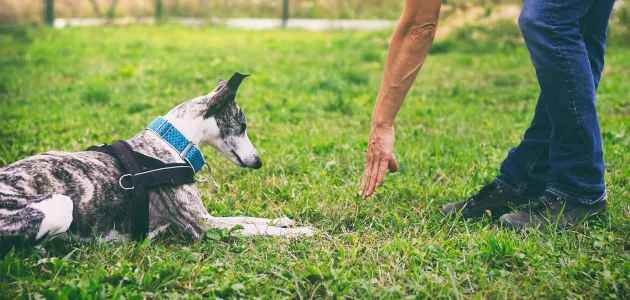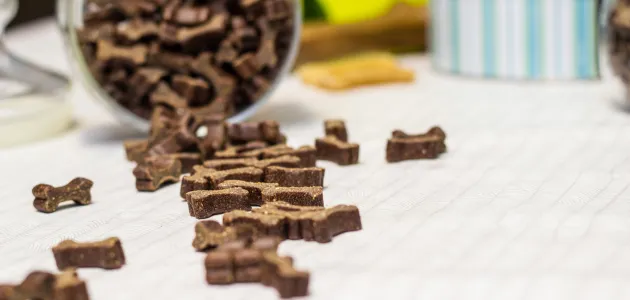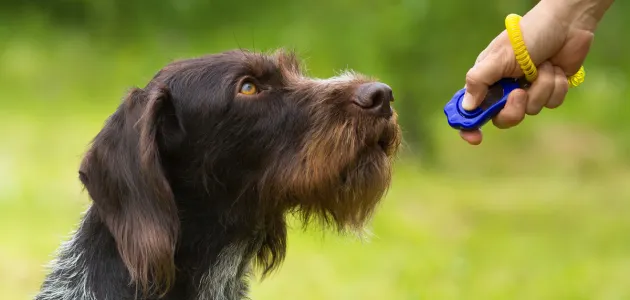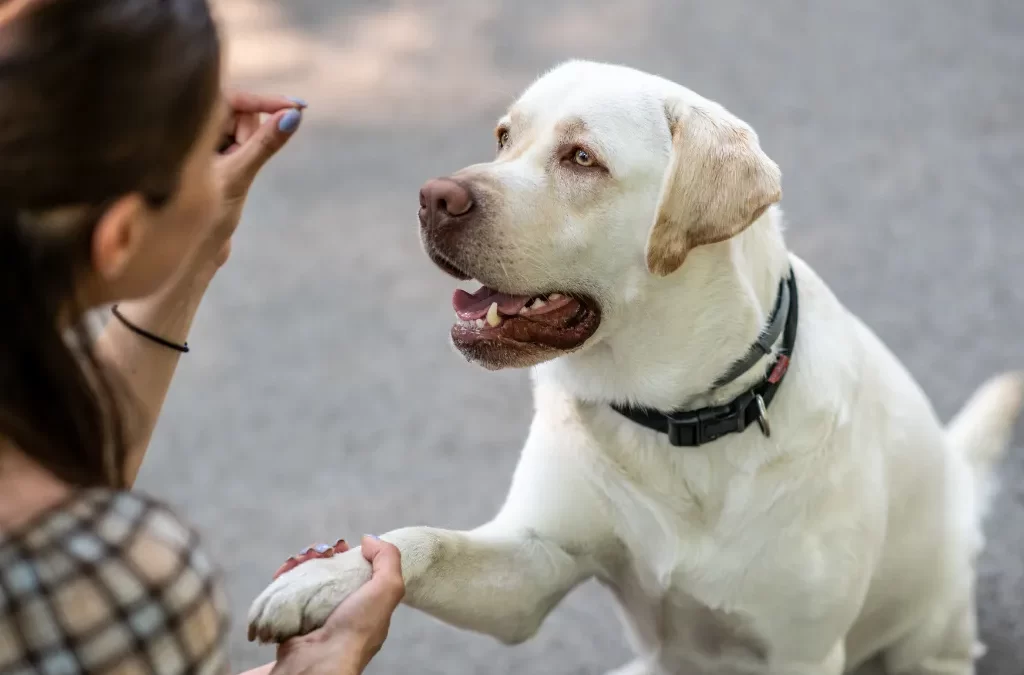7 Keys to Successful Positive Reinforcement Training
1. Consistency in Training

Consistency is the cornerstone of effective positive reinforcement. Dogs learn best when the rules and expectations are clear and unchanging. Always reward the desired behavior immediately and in the same manner.
For example, if you’re training your dog to sit, give the reward as soon as their bottom touches the ground every time. Inconsistency can confuse your dog and slow down the learning process.
2. Timing of Rewards
The effectiveness of positive reinforcement heavily relies on the timing of the reward. The closer the reward is to the desired behavior, the more likely the dog is to associate the two.
Deliver the treat, praise, or toy within a few seconds of the desired behavior. Delayed rewards might not be linked to the action by your dog, making the training less effective.
3.Choosing the Right Rewards

Every dog is unique and may be motivated by different types of rewards. Identifying what your dog loves most will make the training more engaging and effective.
Experiment with different types of treats, varying in flavor and texture, to find out what excites your dog the most. Some dogs may prefer a game with a toy or enthusiastic praise over food.
Pay attention to your dog’s response to different rewards to determine the most effective ones.
4. Gradual Reduction of Rewards
While rewards are crucial in the initial stages of training, the goal is to eventually reduce their frequency so that the behavior becomes habitual.
Once your dog consistently responds to a command, begin to gradually reduce the frequency of treats. Replace food rewards with verbal praise or a pat, slowly transitioning to intermittent rewards.
5. Variable Reward Schedules
Variable reward schedules can be highly effective in maintaining learned behaviors without constant treats. Once your dog has mastered a behavior, switch to a variable reward schedule.
This means sometimes giving a treat, and other times offering praise or a toy. This unpredictability can keep your dog engaged and eager to perform.
6. Incorporating Clicker Training

A clicker can be a powerful tool in positive reinforcement training, serving as a consistent, distinct signal that a reward is coming. Use a clicker to mark the exact moment your dog performs the desired behavior, followed immediately by a reward.
This clear form of communication helps your dog understand precisely which behavior is being rewarded.
7. Reinforcing Good Behavior in Daily Life
Training isn’t just about structured sessions. It’s about recognizing and reinforcing good behavior whenever it occurs. Always be ready to reinforce good behavior, even outside of training sessions.
If your dog sits calmly when a guest arrives, reward them. This reinforces the idea that good behavior is always appreciated, not just during training times.

